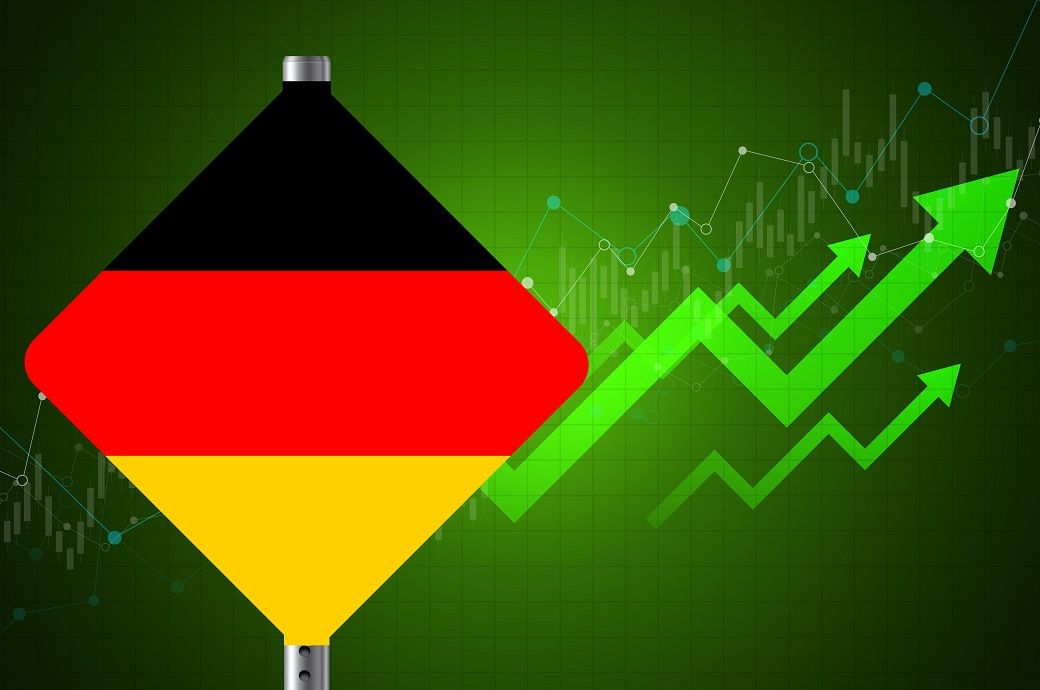
Germany’s economy is poised for stronger growth over the next two years, as the country’s gross domestic product (GDP) is projected to rise by 1.4 per cent in 2026 and 1.8 per cent in 2027—well above its 0.8 per cent potential growth rate and the consensus among economists, according to Goldman Sachs Research.
Chancellor Friedrich Merz’s government plans to invest €500 billion (~$580 billion) in infrastructure over the next 12 years and has amended Germany’s constitutional debt rule to enable higher defence spending. Total spending is expected to rise 2.2 per cent of GDP by 2027, Goldman Sachs said in an article.
“After years of economic underperformance, we have turned notably more optimistic on Germany’s economic outlook,” said Niklas Garnadt and Jari Stehn, economists at Goldman Sachs. They added that near-term policy efforts will likely focus on executing the fiscal package efficiently, including fast-tracking planning and permitting processes to prevent investment delays.
The fiscal expansion could also open the door to structural reforms tackling long-standing issues such as labour shortages, high energy costs, and sluggish productivity. As in the early 2000s, these measures could transform Germany into a renewed growth engine, Goldman Sachs said.
Nonetheless, challenges persist. Germany’s dependence on global trade makes it vulnerable to protectionist trends and slowing world commerce, while its reliance on traditional industries, elevated energy prices, bureaucratic inefficiencies, and skilled labour shortages continue to weigh on potential growth.
Goldman Sachs concluded that the Merz administration now has ‘a window of opportunity to build on this improved macro picture with reforms that ensure a lasting improvement in Germany’s economic performance.’
ALCHEMPro News Desk (SG)
Receive daily prices and market insights straight to your inbox. Subscribe to AlchemPro Weekly!